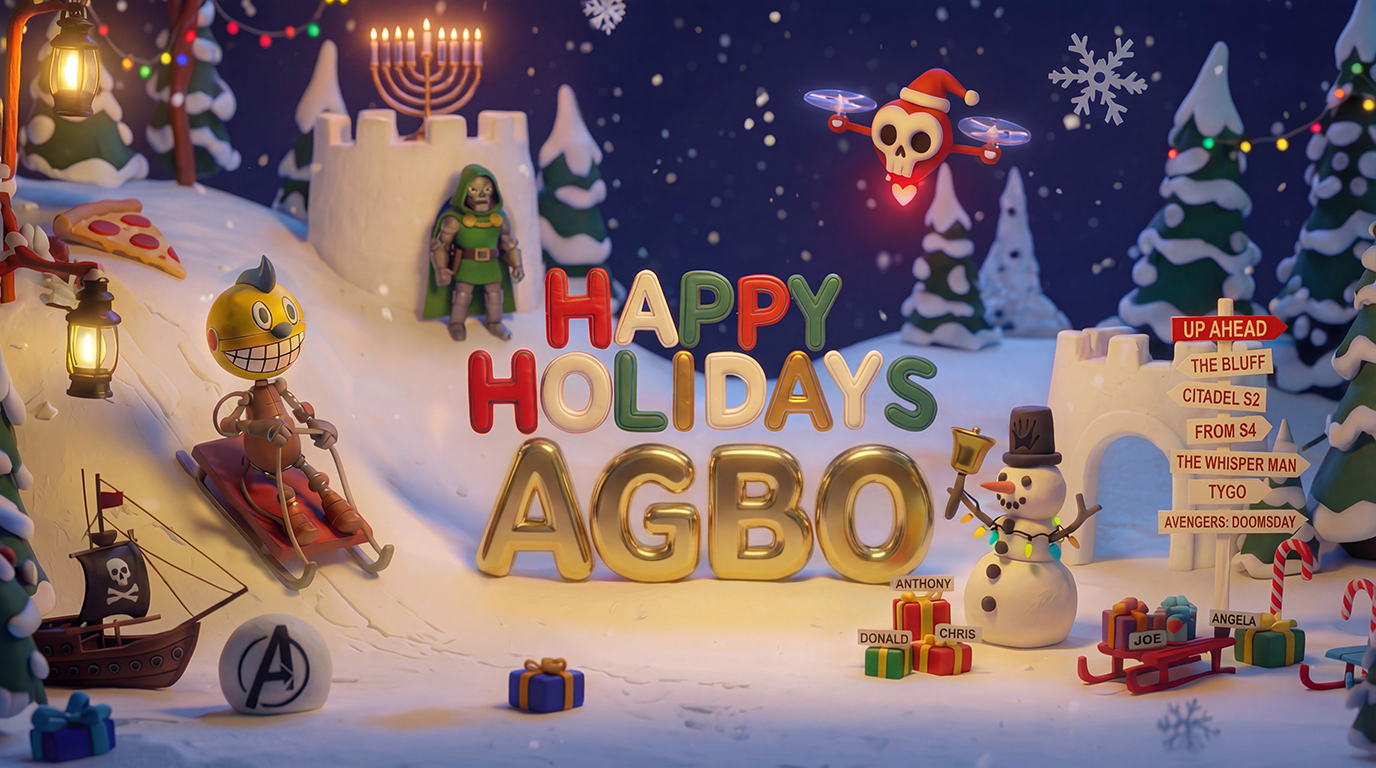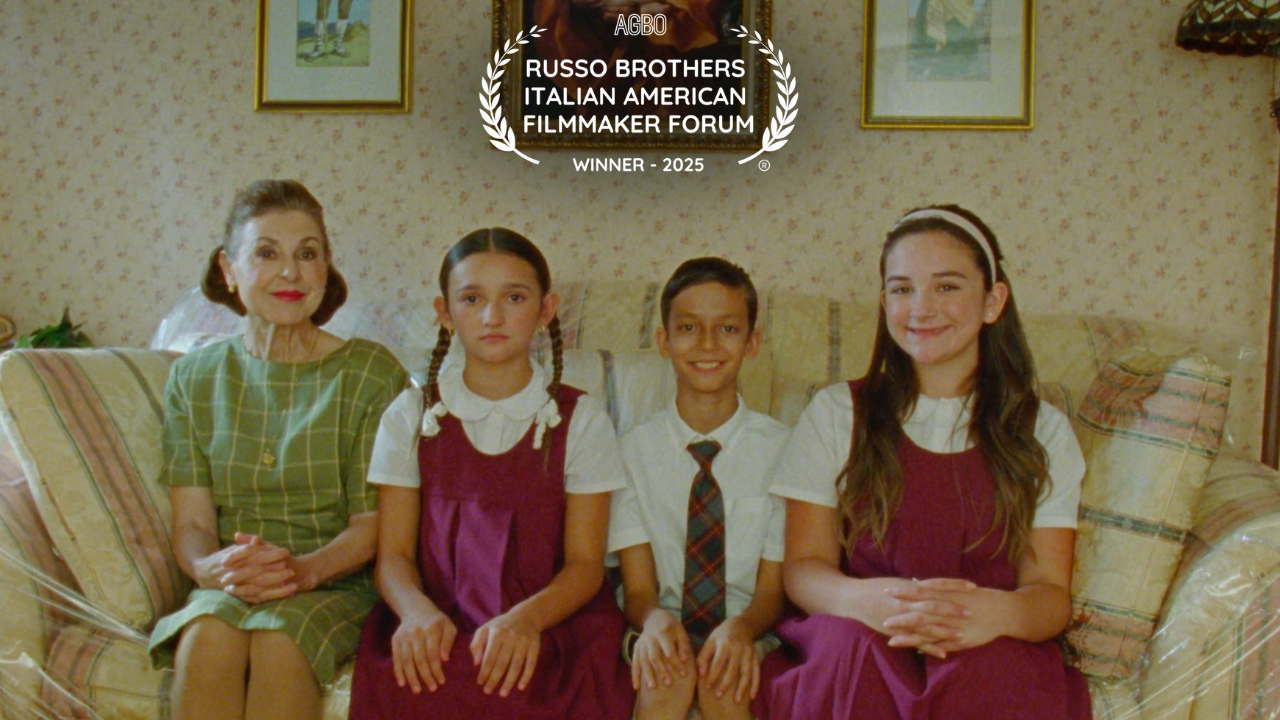From Harry Potter to The Avengers, Judianna Makovsky is the illustrious Costume Designer behind your CosPlay and Halloween dreams

by Angela Matusik
This time of year, when small wizards and superheroes knock on our doors demanding candy, it is impossible to not think about frequent AGBO collaborator and legendary costume designer Judianna Makovsky.
The New York native, who fell in love with the art of costuming as a little girl performing with the Metropolitan Opera, has applied her talent and passion to create the looks for iconic characters over the last three decades, including Harry Potter and his crew in their Hogwarts uniforms, Katniss Everdeen in The Hunger Games, and every superhero in MARVEL’s Avengers: Endgame. She also oversaw costume design for Seabiscuit, Pleasantville (for which she received her first of three Oscar nominations), Last Days in the Desert, and AGBO’s The Gray Man – to name but a few.
Given her portfolio, one could argue that Makovsky has contributed as much to our pop cultural visual zeitgeist as the authors that created these characters. Of course, the ever-humble designer doesn’t see it that way: “That’s funny, because I think I still haven’t done anything yet,” Makovsky says with a laugh.
Makovsky, whose plate is extremely full as the costume designer for AGBO’s upcoming film, The Electric State, and Marvel’s Superman: Legacy – generously set aside some time to discuss her storied career with AGBOVERSE correspondent Angela Matusik. Makovsky opens up about working closely with filmmakers and actors to bring some of cinema’s most recognizable looks to life, and what she really thinks about all those fan interpretations of her costumes.
Love movies and hearing from the people who make them? Subscribe to the AGBO newsletter.
Angela Matusik: Was costume designing something that you always knew you wanted to do?
Judianna Makovsky: According to my mother, yes, it was something I wanted to do very young. My father passed away when I was five years old. My mother was a music teacher and had friends in the classical music industry, and one of her best friends was married to the head timpanist at the Metropolitan Opera. She said, ‘Why don’t you see if your kids want to be at the Metropolitan Opera in the Children’s chorus or in the ballet?’ I got into ballet school and I loved it. I liked performing, but what I really liked was all of the backstage stuff. I was mesmerized by the whole world of creating these operas… getting into movies was what I always wanted.
AM: How did you get your first big break – was it on The Cotton Club by Frances Ford Coppola?
JM: Yes, Cotton Club was the first film I worked on – I worked for Milena Canonero, who is a very famous costume designer. I had done theater and had worked on a couple TV projects with my other mentor, Jane Greenwood. [For Cotton Club], Milena hired me as one of her assistants and just threw me in there – sink or swim. I was pretty young, right out of school. I guess I didn’t sink.
AM: Mentorships are so important in any industry. Is that something that you’ve tried to carry on with younger designers in your own career?
JM: I have had production assistants that I think are great, and I try to get them into [the Costume Designers] Guild and help them find work. I have a young lady working with me now, Lara Freedman, who the Russos know very well and who started as my PA. Now, we’re training her as an assistant designer.

AM: The Russos seem to have a special talent of spotting people early in their careers and bringing them along to grow and learn. AGBO is like a big family.
JL: When we were doing Captain America: Winter Soldier, we were in Cleveland, where the Russo Brothers are from. We were doing a scene at a mall, and I think at least half of the extras were either friends or acquaintances of the Russos’ family. But that’s why I like working with them: I’ve had a few directors who are like that, but it is rare. They make you family. And they truly only work with people who are nice, which makes for a non-stressful environment.
AM: In addition to the Russos, you've worked with some illustrious filmmakers – Robert Redford, Gary Ross, Ridley Scott. Tell us about the process you have of collaborating with directors. Is it always the same?
JM: I think because I come from theater, I begin my process the same way. It starts with the script, and the next step is talking to the directors: What’s their vision for this movie? And then, [I speak to] the production designer and the cinematographer. We all talk: What is this world we’re creating? Who are these characters? Where do they live? Why are they in the environment that they’re in? I always say that there’s a lot of stuff that comes before the clothes. The clothes are the last thing I do, and I don’t even think about the costumes for a long time.
AM: How do your designs come to life?
JM: I love research. We do a lot of mood boards as well as sketches, and I like color palettes. I work it out with everybody involved. I need a big space and depending on the film a large crew. I often supervise the hair and makeup, because it’s a collaborative effort. Often, I will sketch the hair and make-up look in my drawing: You’re creating a whole person not just a frock and a hair style. And, the actor hopefully has input, too. They’re the ones in front of the camera.
AM: Actors often say that you can’t truly know a character until you’ve put their costume on.
JM: Well, that’s the fun part, working with an actor in the fitting room. One of my favorite actors to have in a fitting room is Jeff Bridges. He’s one of those actors who will work with you for eight hours to find the exact right thing. And with most actors, as soon as you get it, you can see it in their face. They get up and just get it. When we did Harry Potter, the minute we put the Snape costume on Alan Rickman, he moved in a different way.

AM: So much of your work has involved bringing beloved characters like Spider Man and Harry Potter to life. Do you get intimidated by the kind of expectations and opinions that may exist in the fandoms?
JM: The most I’ve ever been intimidated was with Harry Potter and the Sorcerer’s Stone. I was terrified that I would not capture it as a fan would expect. The descriptions of what [the characters] are wearing in the book are very minimal, but I try to read it the way a fan would read it. Everyone knew the book cover, which shows Harry Potter wearing a rugby shirt and jeans. We tried that, and I didn't think it was very magical. I wanted uniforms. It was also a little bit for self-preservation, because there were a million kids who were extras and fifty of them would change at a time. We tested the kids in regular clothes and then I said, ‘You know, I made these uniforms. I know nobody wants them. Can we just test it?’ And the minute the kids put them on and walked out, they said, ‘Oh my gosh, yeah!’ The [uniforms] were much more elegant and timeless.
AM: What does it feel like when you see all these little kids wearing those Hogwarts uniforms on Halloween?
JM: I never think about it, but I love seeing them all out there. I love seeing cosplay. Some of the people who do cosplay are pretty genius… the way they spend all year making that stuff. They do it really well, it’s very impressive.
AM: Speaking of cosplay, have you ever met fans wearing costumes inspired by your designs?
JM: At the premiere for Guardians of the Galaxy 3, the fans were so amazing. They all knew who I was, and they were all wearing copies of what I made for the film, for themselves. I got to have pictures taken with them, which I thought was really fun. And I don’t even like to have my picture taken! But they’re so devoted and smart and funny. I just find it so charming.
Learn more about using makeup to create scary looks from the people behind All Fun and Games.
.jpg)
Hello from the Russo Brothers!
We make content for fans, and here on AGBOVERSE we are giving you an exclusive behind the scenes look at our content. Sign up now to make sure you don’t miss a thing!

.png)




.png)

.svg)

.svg)
.svg)